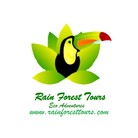"A Parador for everyone""90 years serving Spanish tourism." "From north to south and from east to west. In every corner of Spain, you'll find a Parador for you. Castles where you can feel like a king, cloisters that invite disconnection, and avant-garde refuges amidst the most stunning natural landscapes. Whether by the beach or in the mountains, inland or along the coast, choose your destination and live an unforgettable experience at Paradores. Discover all the options that Paradores has to offer."
"What are the Paradores of Spain? The Paradores of Spain are a chain of hotels located in historic buildings and tourist landmarks throughout the country. Founded in 1928 by King Alfonso XIII, their aim is to preserve and promote Spain's cultural and artistic heritage, offering visitors a unique and authentic experience in historical sites and emblematic landscapes." How many Paradors are there in Spain? The Paradors of Spain have more than 95 establishments distributed throughout the Spanish geography, from castles and palaces to monasteries and convents. Each of these hotels has its own personality and charm, reflecting the history and culture of the region where they are located and providing a unique local experience. In addition to being an accommodation option for tourists, the Paradors of Spain also offer restaurant, spa, and event services, making them an ideal venue for weddings, conferences, and other social and business events." From: Paradores Spain and hotel treats Reserve your space today https://yavoytravel.com/spain-paradores-routes/
0 Comments
Costa Rica is indeed a gem of a vacation destination! Here are 10 compelling reasons why it's often considered one of the best:
VISIT OUR STAND IN THE TRAVEL AND ADVENTURE SHOWS. FEB 24 -25 WASHINGTON DC CONVENTION CENTER - 2024 To start the new year, the Costa Rican Tourism Board has highlighted some guided tours that are great for families looking for an unusual excursion. Here are some options: Cacao Tour
Cacao is grown across the Caribbean and South America but is of particular importance in Costa Rica. It was a highly prized and sacred crop among the indigenous Chorotega and Bribri communities—and was even used as currency by the Chorotega until the 1930s. With the creation and popularization of chocolate, the cacao bean became the cash crop of Costa Rica. The provinces of Guanacaste, Alajuela, Limón, Cartago and Puntarenas all contain thriving cacao plantations, which are perfect for any chocolate-lover. These plantations offer experiences led by experts who will detail the history, culture and traditions of chocolate and cacao, as well as the hidden secrets of bean fermentation and sun-drying. Travelers can personally roast and grind cacao beans, and make their own chocolate treats, including traditional Bribri ceremonial drinks. Whenever you visit a new place that you have never been before a great way to immerse yourself in the local culture is to try new and exotic dishes. Every country, city, and town has their own individual dishes that celebrate local ingredients and are prepared in a particular manner. Costa Rica is no different, it has a wide selection of amazing ingredients to choose from and the local cooks and chefs create innovative dishes that make up the cuisine of this most wonderful country. Costa Rica also draws many influences from other countries in its cuisine, from those that are neighboring states or the countries that previously colonized Cota Rica. Because of its geographical position and its cultural history there are many outside influences that contribute to the cuisine of Costa Rica which explains the incredible variety and diverseness of the food. Listed below are some of the amazing dishes that form part of the cuisine of Costa Rica. There are also many local variations and regional dishes that add extra variety to the national cuisine of this exciting Central American country.
CACAO FRESCO Not every place in the world has amazing tropical ingredients and the people of Costa Rica are most fortunate to have a wide selection of things to eat. One such ingredient is the cacao, the large yellow pods that encase the beans have a delicate fleshy part inside them. The fruit is utterly delicious, it is both sweet and tangy and not remotely like chocolate at all. There are several places in Costa Rica that grow cacao and it is an important part of the economy as the product gets exported all over the world. For the first time in the ancestral indigenous lineage of the territory of Alto Comte Burica the official appointment of a woman Ngäbe-Buglè cacique took place. This historic event occurred on the rainy afternoon of Saturday, April 23rd at the Progreso Community Center, located between the cantons of Corredores and Golfito in the Southern Zone of Costa Rica. Idalia Andrade Degracia will now lead the cacique at the age of 36, continuing with her family's tradition and above all, validating her proven leadership capacity, as well as the legacy of her father, Don Miguel Andrade, the previous cacique, who passed away two years ago. Her brothers agreed to support her decision and are confident in her abilities. Besides being a Cacique, she is also an outstanding entrepreneur, a single mother of four children, a primary and secondary school teacher, as well as a teacher of the Ngabe-Bugle language (popularly known as Guaymi). Now, as part of her appointment as a cacique, she must preserve the customs, the continuity of the language, gastronomy and the tradition for the new generations. She must also fight for the rights and protection of her people, in collaboration with the Association for the Integral Development of Alto Comte. Her chieftainship had the approval and ratification of the majority of the National Council of Caciques and Indigenous Leaders of Costa Rica, modifying a patriarchal and traditional paradigm of the community and of the other five Ngäbe-Bugle settlements 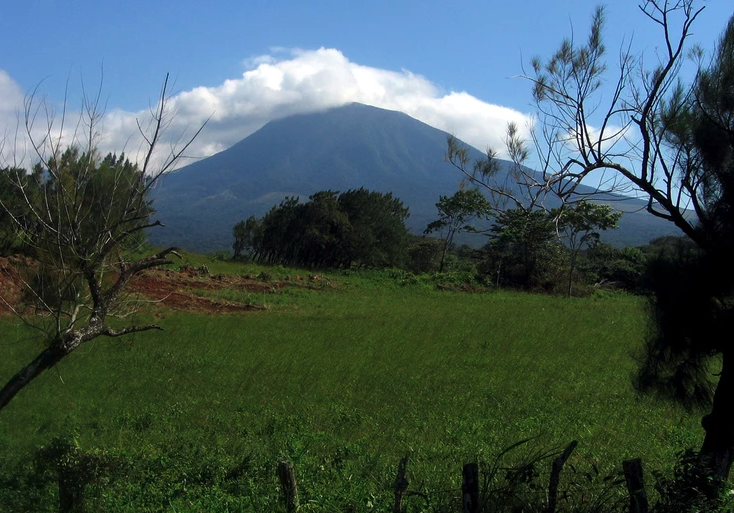 Name origin In translation it means “The Old Woman’s corner” and it's a reference to a local legend about princess Curabanda, who fell in love with Mixcoac, the chief of a neighboring enemy tribe. When Curabanda's father found out about the affair, her lover was thrown into the volcano as punishment. She went into exile and lived right next to the volcano, soon after giving birth to their son. She threw her son into the volcano, for them to reunite. Curabanda became reclusive and was believed to possess healing powers. General information Rincón de la Vieja is the largest and most active volcano in Guanacaste, Costa Rica. Standing at 6,286 feet (1,916 meters) high and 9 miles (15 km) wide, the giant is called the “Colossus of Guanacaste”. The massive 600,000-year-old geological wonder has at least nine volcanic craters, and at least 32 rivers flow down its sides which bridge the Continental Divide. Meanwhile the area was pronounced as National Park on the 23rd of October, 1973, by law N° 5398, where 14.300 hectares of land is protected to this day. This National Park protects very important hydrographic basins, since the Rincón de la Vieja massif forms part of the watershed between the Caribbean and the Pacific in the northwestern part of the country; and here 32 rivers are born, among them the Colorado, Blanco and Ahogados. In turn, the largest existing population in the wild of the purple guaria ( orchid national flower of our country) is protected. Also added is the importance of protecting the volcanic activity characteristic of the area and its geological attractions. Wildlife Rincón de la Vieja Park is home to plenty of wildlife. Among mammals, there are three species of monkeys, including white-faced, spider and howler monkeys. Some common species in the area are armadillos, coyotes, tapirs... There are many species of reptiles including iguanas, whip tailed lizards, rattlesnakes, boa constrictors. Over 300 different species of birds, the white-nose coati, agouti, and the nine-banded armadillo. Activities With the best weather all year round, Rincon de la Vieja is a fantastic hiking destination. To see the waterfalls, the green season from May to December is the best. There are several hiking trails within Rincon de la Vieja National Park. Guided Nature Hikes Hike
For the first time in history, the famous national symbol of Costa Rica was chosen to carry a message of preservation, decorating the tail of a US airline plane.
The Costa Rican Institute of Tourism (ICT) and Frontier Airlines officially announced that the two-toed sloth was selected as the endangered animal that will embellish one of the new planes in the fleet of this US-flagged airline. Our famous national symbol will literally be “hanging” from the tail of this aircraft, with the aim of providing a conservation message and promoting Costa Rica in a unique and creative way as a sustainable destination with extensive biodiversity. Frontier traditionally displays on the tails of its planes a unique and emblematic animal from one of the countries of its destinations, this species is baptized by the public with a special name and a particular background story. On this occasion, the two-toed sloth was chosen by the airline from a group of other animals in danger of extinction to highlight our country’s efforts to conserve it in its natural environments. 28 July, 2020. As of August 1, international passenger flights are authorized to arrive at Costa Rica’s three international airports: Juan Santamaría International Airport; Daniel Oduber Quirós Airport; and Tobías Bolaños Airport.
The following are the authorized regions or countries:
The requirements are as follows:
Where can I find updated official information on the situation of COVID-19 in Costa Rica? You can stay informed at the following links: Ministry of Health: https://www.ministeriodesalud.go.cr/index.php/centro-de-prensa/noticias/741-noticias-2020/1725-situacion-nacional-covid-19 Costa Rica Tourism Board (ICT): https://www.ict.go.cr/en/institutional-services/coronavirus-support-material-tourism-sector.html Presidency of the Republic: https://www.presidencia.go.cr/noticias/ Migration Office: https://www.migracion.go.cr/ Juan Santamaría International Airport: https://sjoairport.com/en Daniel Oduber International Airport (Liberia International Airport): https://lircr.com/en/ Over the past ten years, there have been many exchanges between myself and clients or would-be clients about the advantages of living in Costa Rica vs other so-called popular countries recommended by such sources as International Living. The list includes but is not limited to Panama, Nicaragua, Mexico, Ecuador, Colombia and Uruguay.
Inquirers initiated some of these conversations before they even set foot in any of the countries mentioned, including Costa Rica. Others were by infrequent visitors to Costa Rica who were surprised at the cost of living here being higher than they expected. My suggestion remains the same. Travel to the alternative country or countries that hold interest, roam about, ask a lot of questions, especially of ex-pats there, do some transactions there, then come back to Costa Rica to compare and contrast. I would also strongly suggest auditing information sources that recommend these other countries. Based on a lot of client feedback, the differences seem quite stark. The overwhelming majority of “explorers” end up choosing Costa Rica. It’s kind of a you-get-what-you-pay-for reality. Panama seems the country closest in comparison to Costa Rica. It boasts better tax incentives, more relaxed and economic immigration processes, and more efficient bureaucracy. Panama City, without a doubt, is a fascinating global hub that has a far more cosmopolitan downtown area than San Jose, Costa Rica. A great place to bank and to visit from time to time. Step outside that extremely hot and humid city and the quality of life drops off significantly. The ubiquitous soldiers also prove disquieting. The majority of clients who have given Panama serious consideration have quickly settled upon Costa Rica as their final choice for a retirement venue. Yes. It is more costly. But overall better value. They concluded that Costa Rica is more secure, has a wider variety of places to live or travel within the country and has the best year-round weather by far. A friendlier populace with no army also provides a more peaceful feeling. The COVID-19 mortality rate in Panama as of this writing is five times that of Costa Rica. Then there is Nicaragua. It remains a communist-backed dictatorship. That means if you annoy the government or own something a government insider covets, it can be taken from you with no recourse. That is how dictators role. In 2018, there was an attempt at a coup. Two hundred protesters were murdered for speaking out. That resulted in thousands of Nicaraguans attempting to gain asylum here in Costa Rica. You can read my previous article on why there are such long delays on approvals at Immigration since 2018 here, As of this writing, the government of Nicaragua has snubbed WHO and the Pan American Health Organization protocols. The populace is being encouraged by the government to party hearty at the beach. There is no trustworthy data on the situation there. What is also not known is the whereabouts of President Ortega, who has been M.I.A. for the past month (Could he be dead?). One shutters to think what the COVID-19 mortality rate might be right now in Nicaragua. Its border with Costa Rica will be sealed shut for months and months to come. Mexico is also a beautiful country with overall wonderful people. It also boasts the second-highest population of billionaires in the world as it remains an economic powerhouse. Its massive size is much more challenging to manage than compact Costa Rica. Unfortunately, it is the choke point and hub of international crime and drug cartels. Corruption continues to be widespread with little abatement. Mexico City is highly polluted, as are many of the coastal tourist centers. Several of my U.S. and Canadian ex-pat clients lived in some of the “safer” and esthetically gorgeous outlying areas of Mexico. But they felt the steady encroachment of cartel danger over the last decade before eventually moving to Costa Rica. When it comes to COVID-19 results, that corruption and incompetence translates into a mortality rate of a whopping twelve times that of Costa Rica. Ecuador boasts a much lower cost of living, is a beautiful, bio-diverse country, and also owns the Galapagos Islands. But the corruption quotient is over the top with serious infrastructure issues and widespread, pernicious disorganization. International corporations doing business there say it borders on hopelessness. Bodies of COVID-19 victims in body bags line the streets as of this writing. Based on highly questionable data, their COVID-19 mortality rate is conservatively ten times that of Costa Rica. Colombia is a vast, beautiful, bio-diverse country, and on the mend through many initiatives over the last 15 years. Its two main cities are impressive with stunning colonial architecture. After decades of Cartel strangleholds with crime and corruption things are certainly improving but they have a way to go. Also, many feel it is still too far south. It’s current COVID-19 mortality rate is eight times that of Costa Rica. While Uruguay is quite Americanized and has modern amenities, it is a long way south and still does not “feel” as secure as living in Costa Rica. It has serious security issues that prevail. The country is also vulnerable to extreme weather that bring seasonal floods, droughts as well as high winds. Now that all these countries are dealing with the same COVID-19 issue, comparing how each fare throughout this ordeal will show even more dramatic contrasts once this pandemic passes through. The final tallies by country will show that Costa Rica was a far safer place to wait things out. The universal and private Costa Rica health care systems and country management, even with its flaws, have delivered outcomes far superior to those other countries. Access to a wider variety of affordable produce year-round in Costa Rica will be an even more compelling reason to be here. Global food prices are set to skyrocket. Pay very close attention over the next six months. As things settle down, you will have access to more conclusive data to affirm your choice of Costa Rica as your optimal place to reside. We have been in these dramatic situations before and always have done well. When those “scores” show overwhelmingly why Costa Rica is the safest and healthiest country to live in, there will invariably be an uptick in residency applicants. So after careful thought about your plans here, I would strongly recommend getting the jump on your residency process now. By Laura Gutierrez of Immigration Help Costa Rica Manuel Antonio National Park, Costa Rica - Most beautiful and the most popular parks in the country9/27/2019 Listed various times among the most beautiful national parks in the whole world, Manuel Antonio is bewitching to behold. With its pristine beaches, verdant rainforest and perfect blue waters, visitors will instantly fall in love with all that the park has to offer. Its stunning scenery will soothe your soul and bathing in the crystal clear waters while looking at the mesmerising beauty of the shoreline will ensure you never want to leave this haven of tranquillity. The unbelievable landscapes on show are equally delightful to explore and various trails and paths weave their way through the dense undergrowth. Such is its splendor; Manuel Antonio is the most visited national park in the country. Ridiculously scenic, this is the best of what Costa Rica has to offer.
Despite its small size and great popularity, Manuel Antonio has managed to remain one of the premiere nature spots in the country. The rain forest and mountains literally meet the sea here and the ecosystem is teeming with land, sea and air species. If there is one place to visit in this country and be assured of seeing animals in the wild, this is it. Just a couple of hours walking the park's trails are likely to present various colorful and majestic birds, white-faced monkeys, two and three-toed sloth, coatis, pacas, brilliantly colored land crabs, a variety of multihued butterflies, and interesting insects. The endangered squirrel monkey and a subspecies of the squirrel monkey endemic to Costa Rica are also frequently seen. In all, over 100 species of animals and nearly 200 species of birds have been identified in this park. The area between Quepos & Manuel Antonio National Park has dozens of hotels and restaurants offering the visitor a wide variety of accommodations and dining choices. Near Manuel Antonio is Jardin Gaia. Named three years ago as Costa Rica's first official Wildlife Rescue Center, it receives injured and confiscated animals and attempts to rehabilitate them for return to the wild. |
Arturo & Nereyda
Costa Rica Travel Experts Archives
March 2024
Categories |
Rain Forest Tours Costa Rica travel experts, since 1995, Vacations packages, Hotels, Tours, Transportation, Rainforest Travel Expert Official Website
- Home
-
Packages
- Adventure Challenge Package
- Adventures in Style
- Caribbean Rafting and Beach Package
- Costa Rica Select Explorer Package
- Costa Rica Wildlife Immersion
- Cloud Forest Adventure Package
- Pura Vida Adventure Package
- Highlights of Costa Rica Deluxe
- Rainforest Deluxe Adventure
- Rain Forest Adventure Package
- Select Nature Lover's Delight
- Costa Rica Tropical Paradise Package
- Costa Rica Rain Forest Adventure Package
- Jewels of Costa Rica 8 days Package
- VIP Special Itineraries
- Thanksgiving Costa Rica All INCLUSIVE Packages
- Costa Rica New Year 7 NIGHTS - All INCLUSIVE
- Costa Rica New Year 5 NIGHTS - All INCLUSIVE
- Costa Rica Honeymoon Itineraries
- Costa Rica Yoga & Wellness Retreat Packages
- Costa Rica Vacation's Packages
- Day Tours
-
Regions
- Contact Us
- About Us
- Guest Stories
|
We thank you for your service so please ask for our Veteran Discounts
|
|
|
Design by Rain Forest Tours Group
|
Managed by Voyager Websites
|


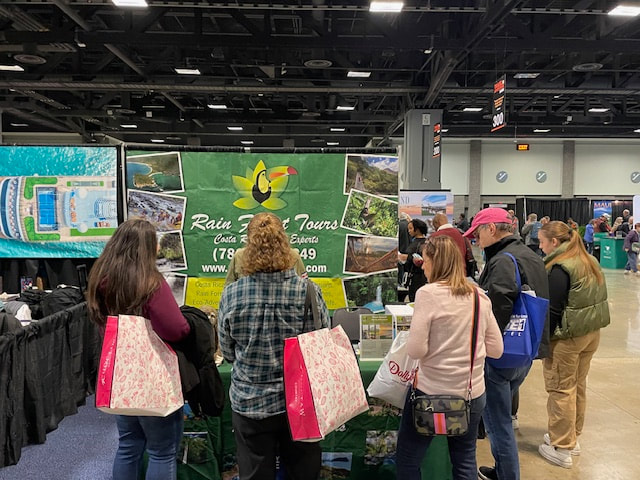

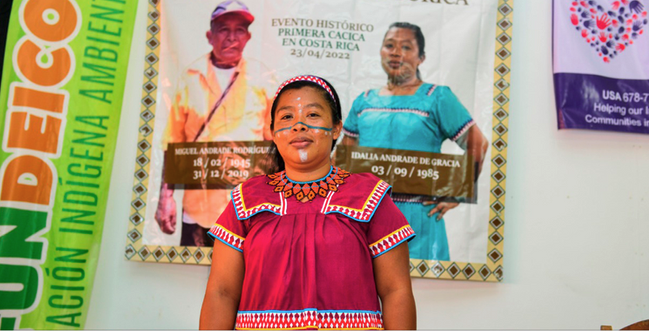
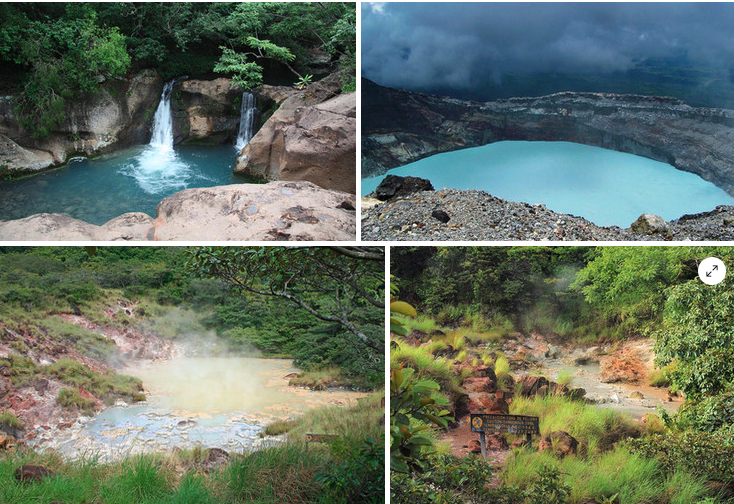
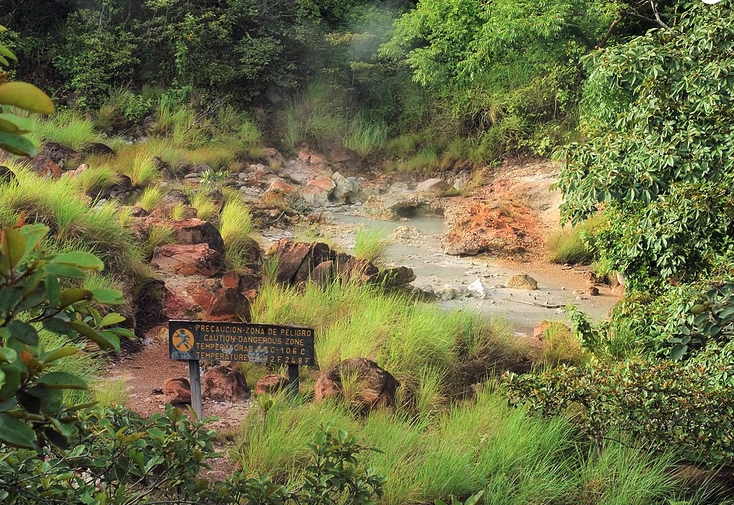
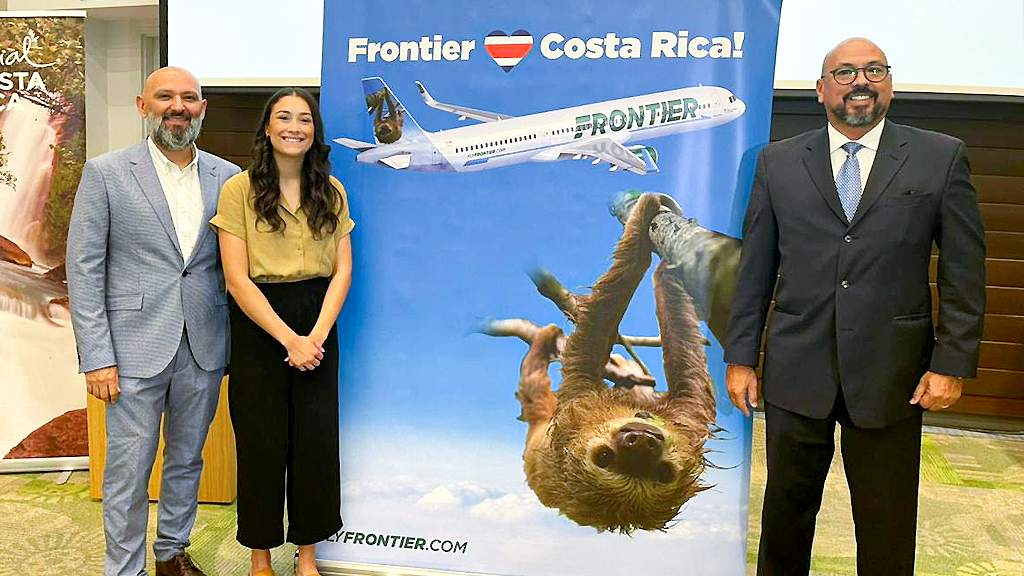
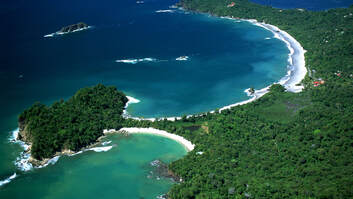
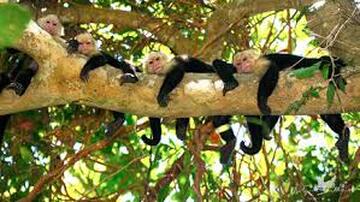
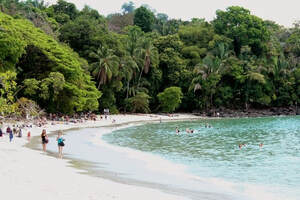
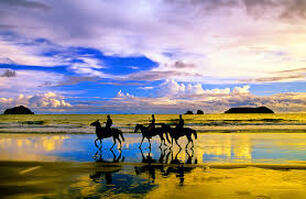
 RSS Feed
RSS Feed

